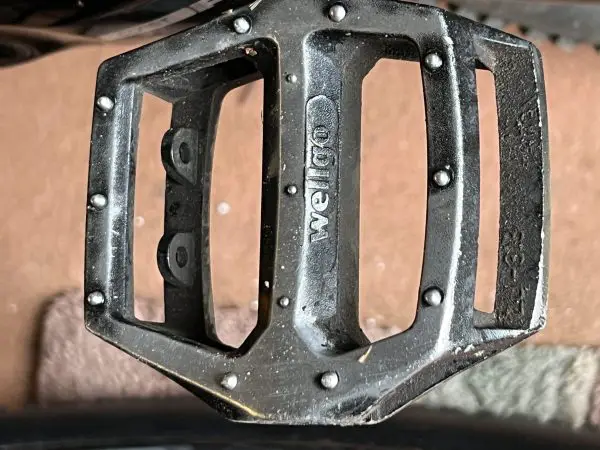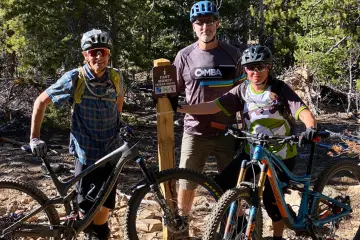I’ve been relatively serious about cycling for the past decade. Early in this journey I was keen to find every advantage I could get for speed and went down the clipless pedals rabbit hole. But are they faster? If you compare clipless pedals vs flat pedals are they worth it? Helping you have the answers to this below are the main questions we receive to our site on this. Thanks for all the contributions from our readers and social community that has helped. Also big shout out to the Trivelo test squad who gave views on this.
Do Clipless Pedals Make You Faster?
If you’re a cyclist, you may have heard the debate about whether clipless pedals are faster than flat pedals. Clipless pedals allow you to clip your shoes into the pedals, while flat pedals allow your feet to move freely.
Clipless pedals can potentially make you faster. By attaching your feet to the pedals, you can generate power throughout the entire pedal stroke, rather than just pushing down on the pedals. This allows for a more efficient transfer of energy from your body to the bike, which can result in increased speed.
From scientific analysis on the power loss industry experts do not tend to agree. From their findings they range between 5-10% of increased efficiency and power. With your foot locked into position in the optimum position and able to pull as well as push my opinion is that clipless pedals help you go faster. Even a 2% gain through changing pedals is surely worth it.
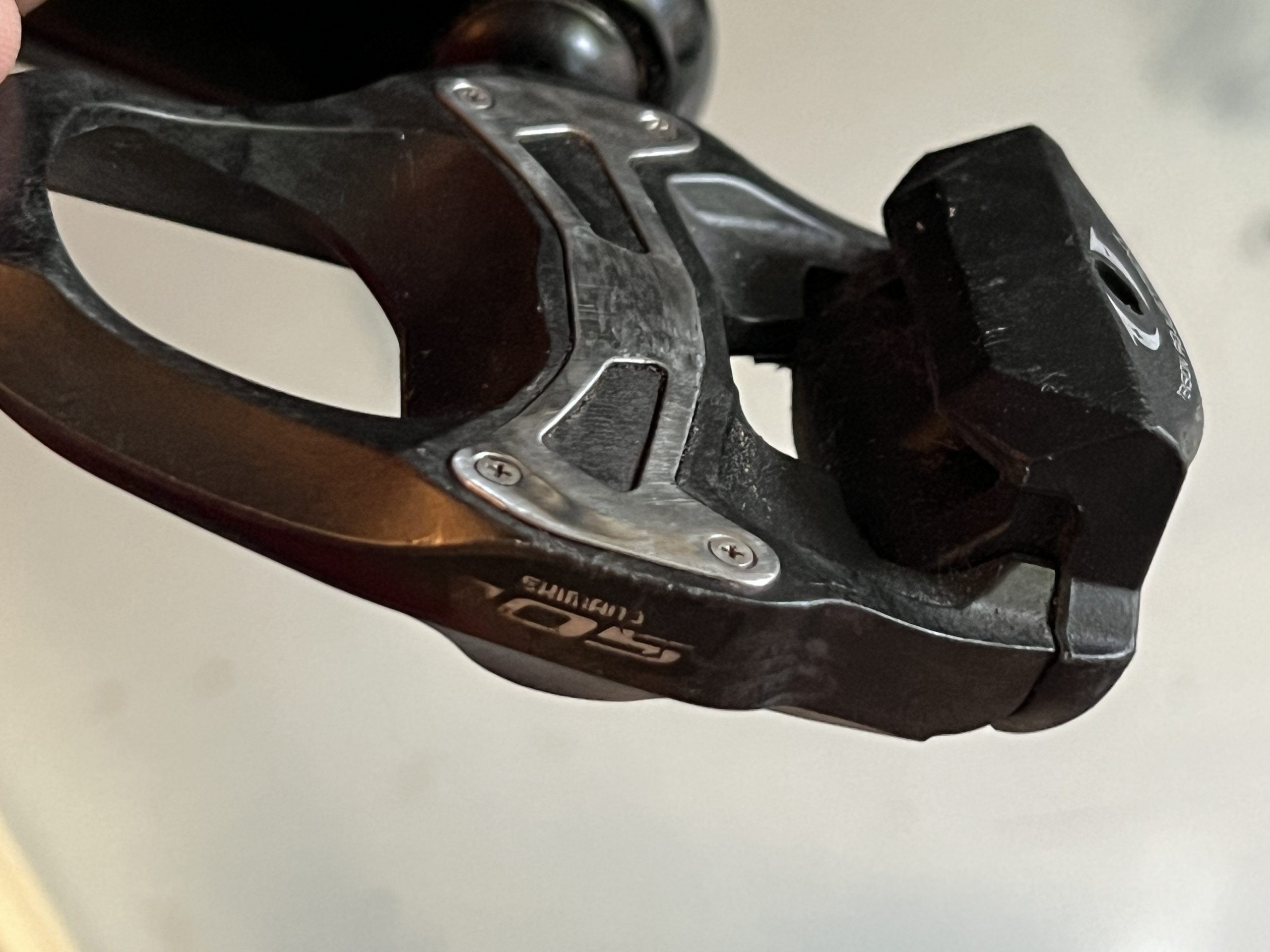
Are Clipless and Clip-in pedals the same thing?
Yes. Clipless and Clip-in pedals are the same thing. In spite of the name a clipless pedal is a pedal that has a clip built into it that locks into a cleat in the shoe. Clipless pedals evolved from old fashioned pedals with straps and clips. The description was inherited from this clip and strap pedal cyclists used to cycle with.
What are the advantages of clipless pedals?
Clipless pedals help to improve your overall cycling form and technique. They allow you to maintain a more stable foot position on the pedals, which can reduce the risk of injury and improve your pedaling efficiency. With your foot held in the best position to apply power while also allowing you to gain advantage from both the upwards momentum as well as down they have advantages over flat pedals.
With flat pedals, a rider’s foot can slip off the pedal or lose contact during the pedal stroke. This means you lose some of that power. With clipless pedals, the rider’s foot is firmly attached to the pedal, allowing for a more consistent transfer of power.
Ultimately, while clipless pedals can potentially make you faster. It is important to remember that they are just one component of overall cycling performance. Other factors, such as proper bike fit, training, and nutrition, are also important to consider in order to optimize your cycling speed and efficiency.
If you are looking at breaking into triathlon we have built a guide to triathlon distances with training effort needed per distance. Clipless pedals are the default standard for triathlon.
What are the disadvantage of clipless pedals?
Wearing clipless pedals locks your foot into place on the bike. It means when you come to a halt you need to unclip your foot to put your foot down. Failing to unclip in time means you are unceremoniously dumped on the ground. Potentially injuring yourself.
Clipless pedals need cleats and specialist shoes so increased costs over flat pedals. It also means you need to generally consider changing shoes when you reach your destination if using your bike for transport. Not a consideration maybe if racing.
Clipless pedals can result in your feet getting colder as they are fixed. You have less movement in your foot so it can be more prone to the cold.
When should I switch to clipless?
To make the most of clipless pedals will vary depending on the individual cyclist and their level of experience. For beginners or cyclists who are not used to using clipless pedals, there may be a learning curve and it may take some time to adjust. When you are a confident cyclist and progressing to cycling longer distances it is worth considering clipless pedals. If you are comfortable cycling in busy areas without the need to put your foot down as well can be a consideration.
When moving to clipless pedals you should make sure to practice unclipping shoes from the pedals. If you have a turbo trainer available this is perfect for practicing. Failing this if you lean against a doorway and practice indoors you can used to clipping in and out of your clipless pedals. You can vary the tension in clipless pedals which is the tension required to release. Initially I would recommend having them very lose so you are more prone to release the shoe.
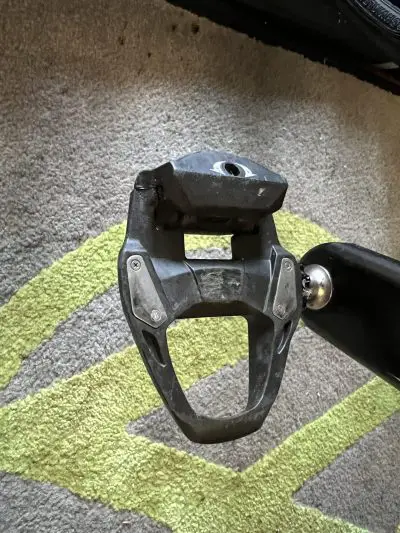
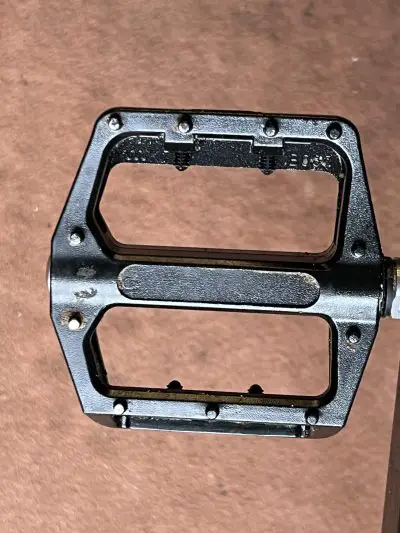
Looking to go longer in your riding then essential you take into account your fuel. Our panel of nutritionists have compiled the Top 5 nutrition tips for cyclists.
How much faster are clipless pedals?
Assuming a 5-10% improvement in efficiency you can translate this into increased speed on the bike. The amount of speed you will experience will vary depending on your cycling speed. Below is a table of average cycling speeds with various percentage increases to compare. This is assuming you cycle 25 miles at this speed to give you time differnces.
| 0% | 2% gain | 3% gain | 5% gain | 10% gain | |
| 10mph | 2h30m | 2h27m | 2h25m | 2h23m | 2h16m |
| 15mph | 1h40m | 1h38m | 1h37m | 1h35m | 1h29m |
| 20mph | 1h15m | 1h14m | 1h13m | 1h11m | 1h8m |
| 25mph | 1hr | 59mins | 58mins | 57mins | 55mins |
If you want to go faster on your road bike technique will give you huge benefits. Read our 11 Top tips on how to corner faster on a road bike.
Do clipless pedals release in a crash?
Clipless pedals are designed to release from the shoe in the event of a crash or other sudden impact. This may not always be the case depending on the nature of incident. It can also be affected by the level of tension set with the pedals. The release mechanism is built into the cleat system that attaches the shoe to the pedal. A release of the pedal from the pedal is activated by a twisting motion of the foot.
In a crash, the twisting motion of the foot causes the release of the shoe. This is designed to prevent the cyclist from being trapped in the pedals. A crash depending on nature may not result in foot twisting to engage the release mechanism. Equally if the crash is impacting the pedals this may directly damage or break the release mechanism. Ultimately breaking the release mechanism.
Anyone using clipless should regularly check their pedals and cleats. Most common area of wear is the cleats on the bottom of shoes that get walked on and can be damaged.
Are clipless better than flats?
Clipless pedals are designed to increase speed and efficiency by allowing you to transfer power more effectively. When your foot is clipped into the pedal, you can pull up on the pedal as well as push down, which means you can generate more power with each pedal stroke. This can be especially beneficial when climbing hills or sprinting. Additionally, clipless pedals can help you maintain a more consistent cadence, which can also improve your overall speed and efficiency.
When deciding between clipless and flat pedals, there are several factors to consider. First, consider the type of riding you plan to do. If you are primarily a road cyclist or a competitive mountain biker, clipless pedals may be the better choice for you. However, if you are a casual rider or enjoy more technical terrain, flat pedals may be a better fit. Additionally, consider your level of experience and comfort with each type of pedal. It may take some time to get used to clipless pedals, so if you are new to cycling, flat pedals may be a better option. Finally, consider your budget, as clipless pedals and compatible shoes can be more expensive than flat pedals.
Can you walk in clipless shoes?
While clipless cycling shoes are designed primarily for use with clipless pedals and are not ideal for walking long distances, most modern clipless cycling shoes do allow for some degree of walking.
Clipless shoes typically have a stiff sole that is designed to provide a stable and efficient platform for pedaling, but this can make them uncomfortable and awkward for walking. However, many clipless shoes feature a rubberized or lugged outsole that provides better traction and grip when walking on hard surfaces or off-road terrain.
The degree to which clipless shoes are suitable for walking will depend on factors such as the specific shoe model, the type of cleats used, and the terrain being walked on. Some clipless shoes are designed specifically for road cycling and may not have as much grip on the sole as shoes designed for off-road use.
Clipless pedals need clipless shoes. We have pulled together the 15 best triathlon cycling shoes buyers guide. All clipless and cover a range of budgets so something for everyone.
What are clipless pedals and flat pedals?
Clipless pedals are a type of bike pedal that allows you to clip your cycling shoes into the pedal using a cleat fixed on the bottom of the shoe. This creates a secure connection between your foot and the pedal, allowing you to transfer power more efficiently. Flat pedals, on the other hand, do not have any type of clip or attachment mechanism. Your foot simply rests on the pedal and can move freely. Flat pedals have no secured connection between your foot and the bike. Less ability to apply power throughout the rotation of the crank but better ability to move your foot and where needed put your foot down.
What are the benefits of flat pedals?
While clipless pedals may offer some advantages in terms of speed and efficiency, flat pedals have their own benefits when it comes to control and versatility. With flat pedals, your foot is not attached to the pedal, which means you can easily adjust your foot position as needed. This can be especially helpful when navigating technical terrain or making quick turns. Additionally, flat pedals allow you to quickly and easily put a foot down if you need to stop suddenly or regain your balance.
